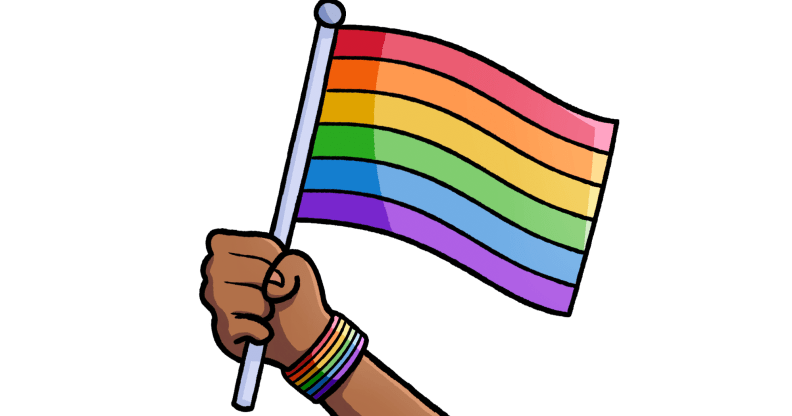The Da Vinci Code

Dan Brown’s The Da Vinci Code is one of those novels that occasionally appears and inexplicably becomes a phenomenon. On the surface, there was nothing overly special or original about the standard airport thriller plot; the characters are all archetypes at best, stereotypes at worst, and the writing varied between bland and outright bad.
Compare it with any other similar pulp thriller by any of the writers, from Frederick Forsyth through Wilbur Smith, Tom Clancy, Clive Cussler and countless others, who have grasped the mantle of populist pap with both hands, and there is little, if anything, to set it apart from the crowd, let alone to explain its almost unprecedented 40 million worldwide sales.
But where The Da Vinci Code will never deserve a place on any university literature courses, this kind of cheap and trashy holiday read is very good at setting a pace and pulling readers in. Working to the same formula as the old Saturday morning cinema serials, the chapters are short, action-packed and generally always end with a cliff-hanger.
If you want something to pass the time on your budget airline flight out to the sun, the excitement this formula can help generate can easily make the hours whiz by. And the faint air of intellectual stimulation provided by the conspiracy of religion and art at the heart of this novel is, for most people, enough to lift the book a bit above its genre fellows.
Of course, one of the key traits of these airport thrillers is that they are often written specifically with a film adaptation in mind. Whether this was the case with Dan Brown, who was effectively unknown until the sales of this book started their inexplicable, near-exponential increase two years ago, is unclear, but The Da Vinci Code’s standard three-act structure, punctuated as it is by various twists, turns and mini-crises, is so ideal for a Hollywood screenplay that some kind of adaptation was inevitable as soon as its sales figures attracted notice.
The only thing that’s surprising is the talent they’ve got in to bring the tale to the big screen. In most adaptations of popular books you’d expect the studios to fork out for big-name stars – as here with Tom Hanks, Sir Ian McKellen, Audrey Tatou, Paul Bettany and Jean Reno. But here they’ve also gone for a genuinely good, big-name director. Unlike with the first two Harry Potter movies, where the man behind the camera was bland hack Chris Columbus, a director with little if anything to recommend him, The Da Vinci Code’s Ron Howard has won the best director and best film Oscar double.
Putting Howard in charge would suggest that the studio bosses were aware that, in lesser hands, the shaky source material might become rather more apparent on screen. Their gamble has paid off. This is a lushly beautiful, slick and stylish thriller that not only looks infinitely more classy than the book on which it is based, but also manages to iron out some of the more unfortunate plot holes.
An ideal adaptation for people who’ve read the book and want a reminder, and much better than the real thing for those who can’t be bothered to pick up the paperback.

